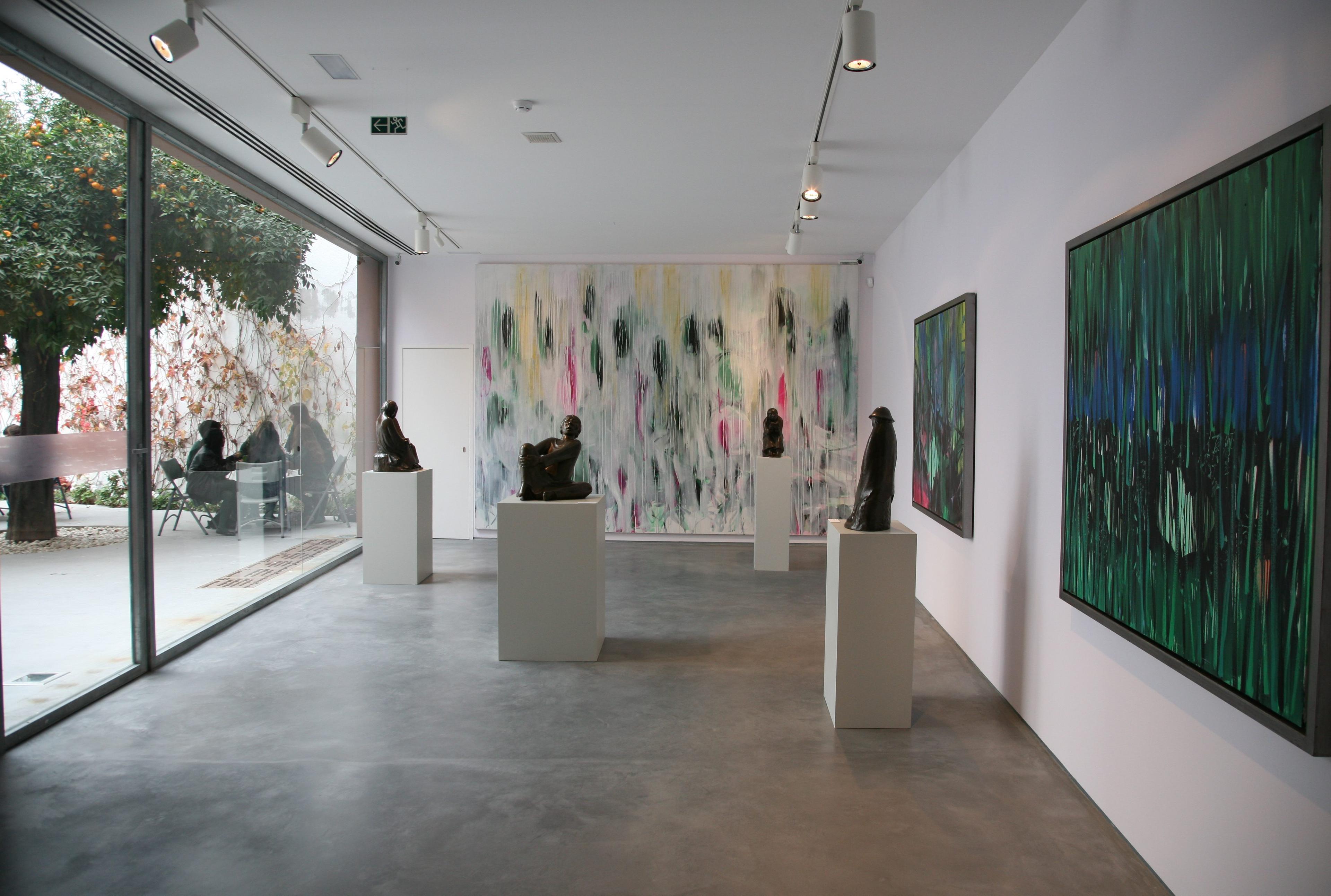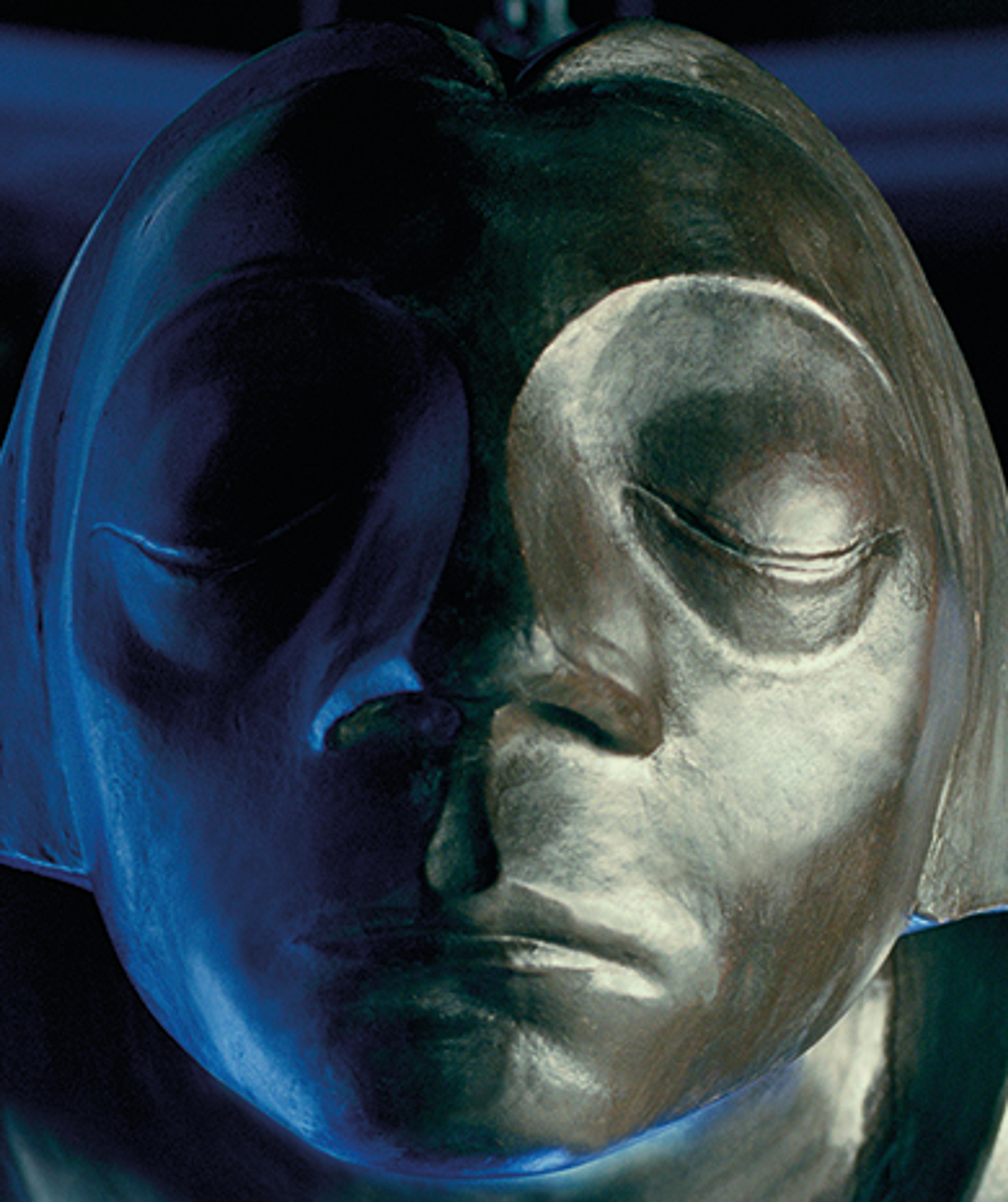
14.12.2015 - 26.03.2016
Ernst Barlach - Figures of a better future
With more than 100 works, the exhibition presents all creative phases of the artist in their historical context, including the "Güstrow Memorial".
Museum Jorge Rando, Málaga
Ernst Barlach (1870-1938) is one of the most important German artists of the 20th century. His sculptures, drawings and graphics can be found in collections and museums all around the world. The "Güstrow Memorial", the floating angel, became one of the world's most renowned war memorials. During the National Socialist era in Germany, Barlach's work was considered "degenerate art" and more than 400 of his works were confiscated, dismantled and partially destroyed.
Among the German expressionists Barlach was a loner. As much as possible he avoided the city, remained exhibitions and, even as very successful playwright, most premieres of his plays absent. He loved solitude, the unspoiled nature and lived 30 years reclusively in a rural area of northern Germany.
He didn’t trust the blind promises of prosperity of his time. By progress the artist understood the way to a human future, marked by ethical and spiritual qualities. So there were initially peasants and beggars, vagabonds and seekers, simple, solitary, doubting and inner listening figures with whom he was facing the glorification of technology, rationalism and materialism and rebelled against the rapid acceleration of the early industrial society.
The aggressive and destructive antithesis of the scientific- technological age was revealed by World War I (1914-1918). The quest for bigger, faster, better and more had cost over 12 million lives, not only at the front, but also in the civilian population. To Barlach, after this war, no winners and no heroes, only losers showed up. Thus, he never tired of reminding the war and committing himself to peace during the coming decades. However, it is not only about the mourning and miserable, but also about the beautiful and hopeful figures, singers, musicians and dreamers that are driving beyond the state of the world.
Barlach could not be able to foresee the upcoming wars of the 20th and 21st century, let alone the consequences of globalization, the economic and ecological crises threatening our presence. Nevertheless the work of Ernst Barlach stands strong, admonishing, comforting and inevitable for reformation of the world. Between heaven and earth, God and humankind his artistic work was devoted to this vision, as he wrote in 1908: "When I'm lying down at night, enveloped by the pillows of darkness, I sometimes feel urged by a resounding light, visible to my eyes and heard by my ears. And then the beautiful figures of a better future are around me. Nor rigid, but by glorious beauty, still asleep - but who awakened them would create the world a better face."
By more than 100 works, the exhibition "Ernst Barlach – Figures of a Better Future" presents all periods of his artistic creation within historical context, including monumental works like the "Güstrow Memorial" and the "Beggar". In dialogue with the painting of Spanish Neo-Expressionist Jorge Rando, the exhibition offers space for rethinking, slowing down and increasing awareness. It initiates a special quality of commemorative work and intercultural understanding from historical to current issues.
The exhibition is realized by Ernst Barlach Gesellschaft Hamburg in cooperation with Museum Jorge Rando Málaga. Thanks to the support of all private and public lenders, especially to Ernst Barlach Lizenzveraltung Ratzeburg, Ernst Barlach Museum Wedel and Ernst Barlach Museum Ratzeburg.







